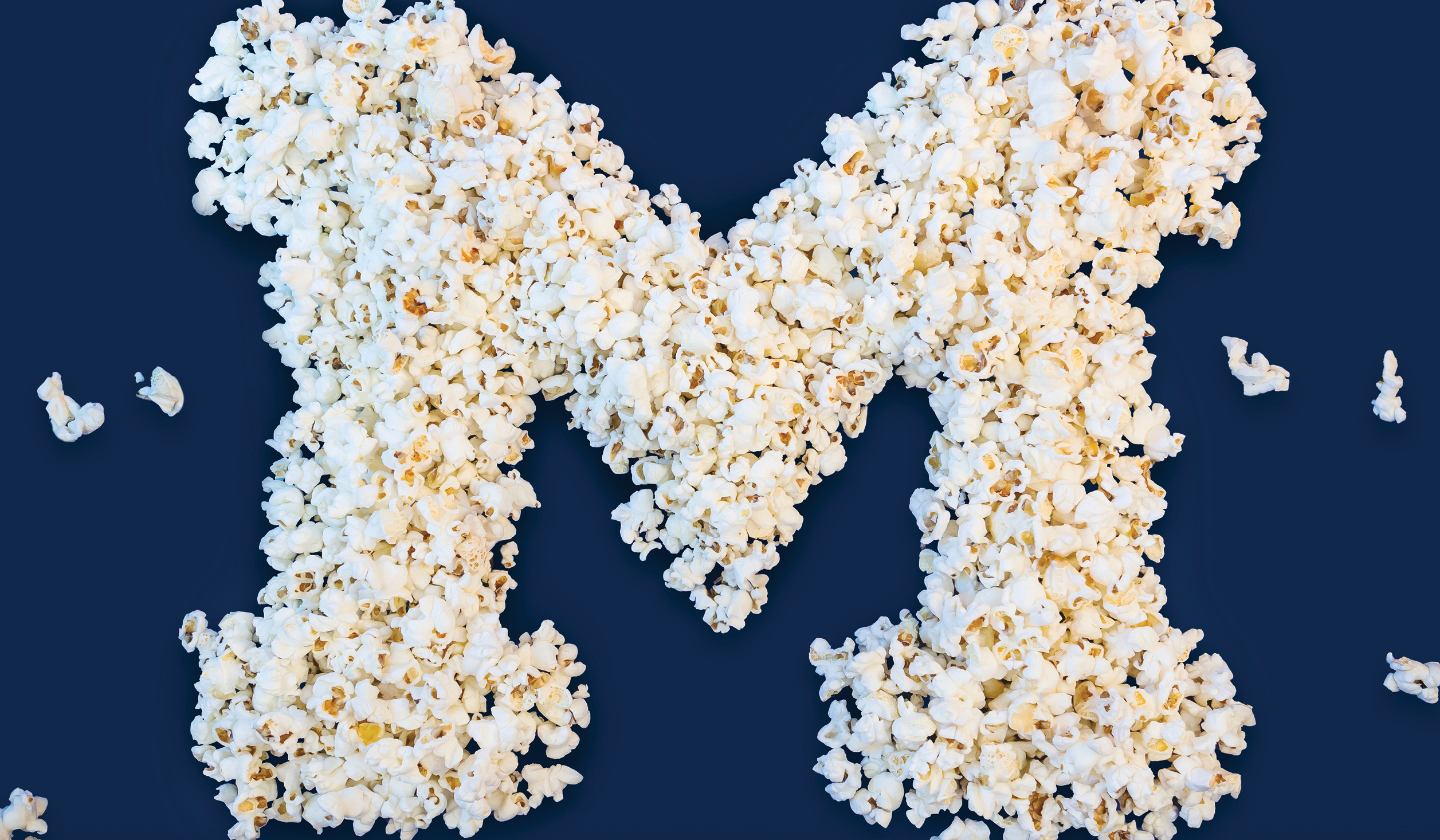Summer is meant for the beach and boating, camping and cookouts, hammocks and hiking. It’s also the best time to catch up on your reading. To help you compile the best books for your summer reading list, we offer just a few examples of the many, many books authored by fellow U-M alumni. This two-part series starts with a list of nonfiction books that includes biographies, histories, poetry, and more. Next month, we’ll share a list of alumni-authored novels. So find a shady spot, pour that glass of lemonade, and enjoy.
BIOGRAPHY
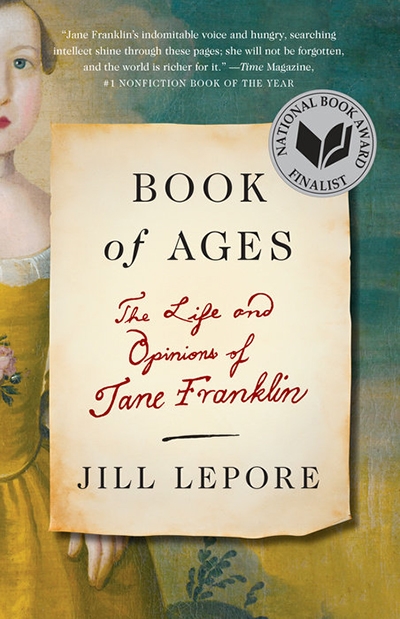
“Book of Ages: The Life and Opinions of Jane Franklin” (2013) by Jill Lepore, MA’90
Publisher’s summary: From one of our most accomplished and widely admired historians—a revelatory portrait of Benjamin Franklin’s youngest sister, Jane, whose obscurity and poverty were matched only by her brother’s fame and wealth but who, like him, was a passionate reader, a gifted writer, and an astonishingly shrewd political commentator. Making use of an astonishing cache of little-studied material, including documents, objects, and portraits only just discovered, Jill Lepore brings Jane Franklin to life in a way that illuminates not only this extraordinary woman but an entire world.
Recognition: National Book Award Finalist for Nonfiction, New York Times Notable Book
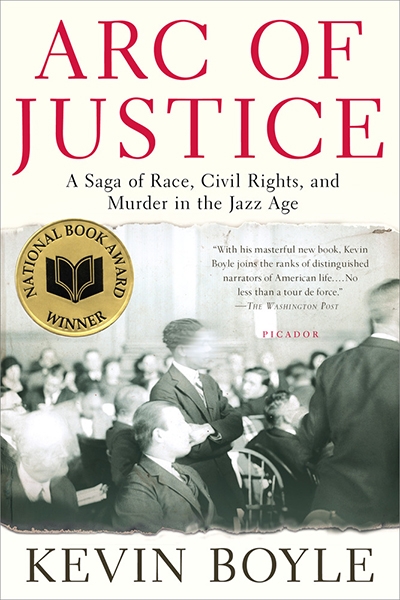
“Arc of Justice: A Saga of Race, Civil Rights, and Murder in the Jazz Age” (2005) by Kevin Boyle, MA’84, PhD’90
Publisher’s summary: In 1925, Detroit was a smoky swirl of jazz and speakeasies, assembly lines and fistfights. … Ossian Sweet, a proud Negro doctor—grandson of a slave—had made the long climb from the ghetto to a home of his own in a previously all-white neighborhood. Yet just after his arrival, a mob gathered outside his house; suddenly, shots rang out: Sweet, or one of his defenders, had accidentally killed one of the whites threatening their lives and homes. And so it began—a chain of events that brought America’s greatest attorney, Clarence Darrow, into the fray and transformed Sweet into a controversial symbol of equality.
Recognition: National Book Award for Nonfiction, Michigan Notable Book, Pulitzer Prize Finalist
COOKING

“Blood, Bones & Butter: The Inadvertent Education of a Reluctant Chef” (2012) by Gabrielle Hamilton, MFA’97
Publisher’s summary: Before Gabrielle Hamilton opened her acclaimed New York restaurant Prune, she spent twenty hard-living years trying to find purpose and meaning in her life. Blood, Bones & Butter follows an unconventional journey through the many kitchens Hamilton has inhabited through the years: the rural kitchen of her childhood, where her adored mother stood over the six-burner with an oily wooden spoon in hand; the kitchens of France, Greece, and Turkey, where she was often fed by complete strangers and learned the essence of hospitality; Hamilton’s own kitchen at Prune, with its many unexpected challenges; and the kitchen of her Italian mother-in-law.
Recognition: James Beard Award for Writing, New York Times Best-seller
HISTORY
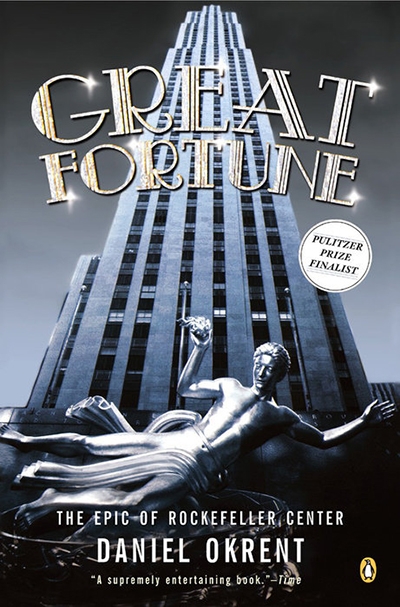
“Great Fortune: The Epic of Rockefeller Center” (2004) by Daniel Okrent, ’69, HLHD’14
Publisher’s summary: Daniel Okrent weaves together themes of money, politics, art, architecture, business, and society to tell the story of the majestic suite of buildings that came to dominate the heart of midtown Manhattan and with it, for a time, the heart of the world. At the center of Okrent’s riveting story are four remarkable individuals: tycoon John D. Rockefeller, his ambitious son Nelson Rockefeller, real estate genius John R. Todd, and visionary skyscraper architect Raymond Hood. … Great Fortune is a stunning tribute to an American landmark that captures the heart and spirit of New York at its apotheosis.
Recognition: Pulitzer Prize Finalist for History
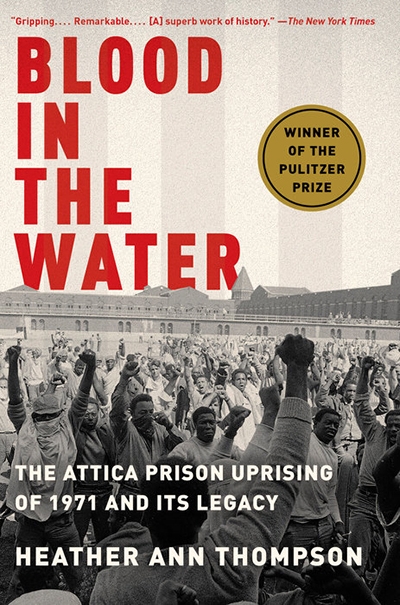
“Blood in the Water: The Attica Prison Uprising of 1971 and Its Legacy” (2016) by Heather Ann Thompson, ’87, MA’87
Publisher’s summary: On September 9, 1971, nearly 1,300 prisoners took over the Attica Correctional Facility in upstate New York to protest years of mistreatment. Holding guards and civilian employees hostage, the prisoners negotiated with officials for improved conditions during the four long days and nights that followed. On September 13, the state abruptly sent hundreds of heavily armed troopers and correction officers to retake the prison by force. Their gunfire killed thirty-nine men—hostages as well as prisoners—and severely wounded more than one hundred others. In the ensuing hours, weeks, and months, troopers and officers brutally retaliated against the prisoners. And, ultimately, New York State authorities prosecuted only the prisoners, never once bringing charges against the officials involved in the retaking and its aftermath and neglecting to provide support to the survivors and the families of the men who had been killed.
Recognition: Pulitzer Prize for History, Bancroft Prize, National Book Award Finalist for Nonfiction
LITERARY NONFICTION
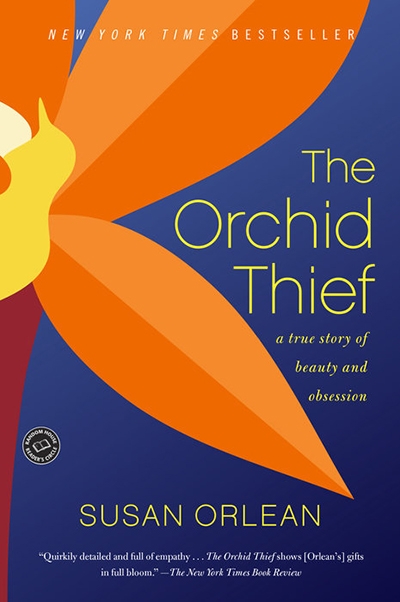
“The Orchid Thief: A True Story of Beauty and Obsession” (2000) by Susan Orlean, ’76, HLHD’12
Publisher’s summary: A modern classic of personal journalism, The Orchid Thief is Susan Orlean’s wickedly funny, elegant, and captivating tale of an amazing obsession. Determined to clone an endangered flower—the rare ghost orchid Polyrrhiza lindenii—a deeply eccentric and oddly attractive man named John Laroche leads Orlean on an unforgettable tour of America’s strange flower-selling subculture, through Florida’s swamps and beyond, along with the Seminoles who help him and the forces of justice who fight him. In the end, Orlean—and the reader—will have more respect for underdog determination and a powerful new definition of passion.
Recognition: New York Times Best-seller
MEDICINE
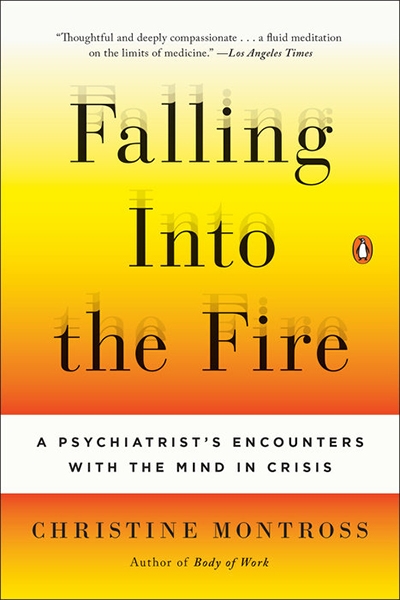
“Falling Into the Fire: A Psychiatrist’s Encounters with the Mind in Crisis” (2014) by Christine Montross, ’96, MFA’98
Publisher’s summary: Falling Into the Fire is psychiatrist Christine Montross’s thoughtful investigation of the gripping patient encounters that have challenged and deepened her practice. The majority of the patients Montross treats in Falling Into the Fire are seen in the locked inpatient wards of a psychiatric hospital; all are in moments of profound crisis. We meet a young woman who habitually commits self-injury, having ingested light bulbs, a box of nails, and a steak knife, among other objects. … A recent college graduate, dressed in a tunic and declaring that love emanates from everything around him, is brought to the ER by his concerned girlfriend. Is it ecstasy or psychosis? … Beautifully written, deeply felt, Falling Into the Fire brings us inside the doctor’s mind, illuminating the grave human costs of mental illness as well as the challenges of diagnosis and treatment.
THEATER
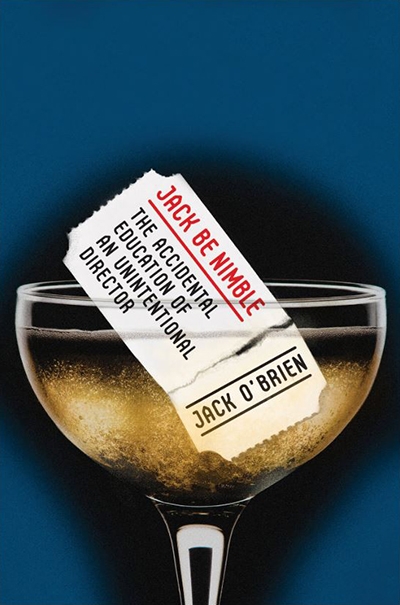
“Jack Be Nimble: The Accidental Education of an Unintentional Director” (2014) by Jack O’Brien, ’61, MA’62, HDFA’08
Publisher’s summary: Following a fairly normal Midwestern childhood, O’Brien hoped to make his mark by writing lyrics for Broadway, but was instead pulled into the growing American regional theater movement by the likes of John Houseman, Helen Hayes, Ellis Rabb, and Eva Le Gallienne. He didn’t intend to become a director, or to direct some of the most brilliant—and sometimes maddening—personalities of the age, but in a charming, hilarious, and unexpected way, that’s what happened. … Funny, exuberant, unfailingly honest, Jack Be Nimble is … the irresistible story of one of our best-loved theater directors, growing into his passion and discovering what he is capable of.
ENVIRONMENT
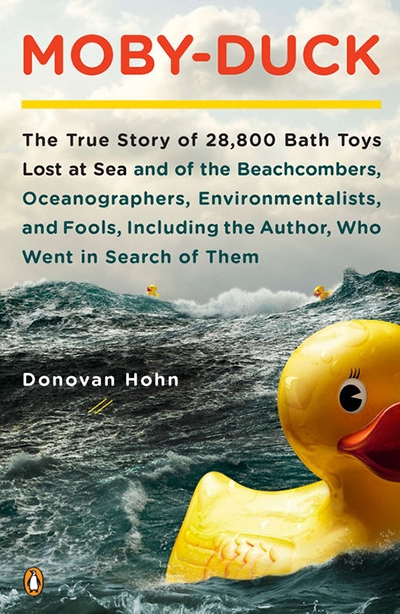
“Moby-Duck: The True Story of 28,800 Bath Toys Lost at Sea and of the Beachcombers, Oceanographers, Environmentalists, and Fools, Including the Author, Who Went in Search of Them” (2012) by Donovan Hohn, MFA’04
Publisher’s summary: When the writer Donovan Hohn heard of the mysterious loss of thousands of bath toys at sea, he figured he would interview a few oceanographers, talk to a few beachcombers, and read up on Arctic science and geography. But questions can be like ocean currents: wade in too far, and they carry you away. Hohn’s accidental odyssey pulls him into the secretive arena of shipping conglomerates, the daring work of Arctic researchers, the lunatic risks of maverick sailors, and the shadowy world of Chinese toy factories. Moby-Duck is a journey into the heart of the sea and an adventure through science, myth, the global economy, and some of the worst weather imaginable.
POETRY
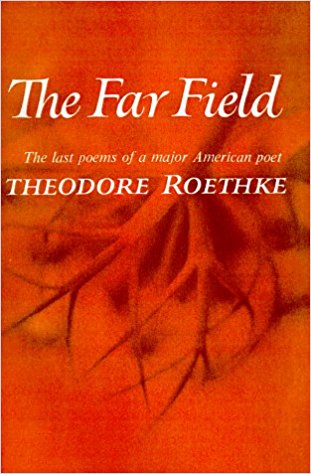
“The Far Field” (1964) by Theodore Roethke, ’29
Amazon summary: With Roethke’s sudden, tragic death in 1963, a great poetic career was brought to an untimely end. “The Far Field” presents the most rewarding of his many volumes of poetry, both in brilliance of style and inner meaning. All of the poems have appeared previously in periodicals such as The Atlantic Monthly, Harper’s, Ladies’ Home Journal, The New Yorker, and The Partisan Review.
Recognition: National Book Award for Poetry
POLITICS
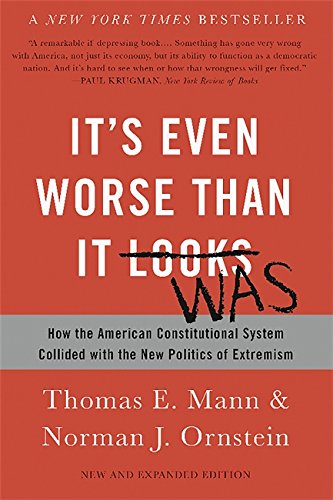
“It’s Even Worse Than It Was: How the American Constitutional System Collided With the New Politics of Extremism” (2016) by Norman Ornstein, MA’68, PhD’72, and Thomas E. Mann, JD’67
Publisher’s summary: Hyperpartisanship has gridlocked the American government. Congress’ approval ratings are at record lows, and both Democrats and Republicans are disgusted by the government’s inability to get anything done. In It’s Even Worse than It Looks, Congressional scholars Thomas E. Mann and Norman J. Ornstein presented a grim picture of how party polarization and tribal politics led Congress—and the United States—to the brink of institutional failure. In this revised edition, the authors bring their seminal book up-to-date in a political environment that is more divided than ever.





